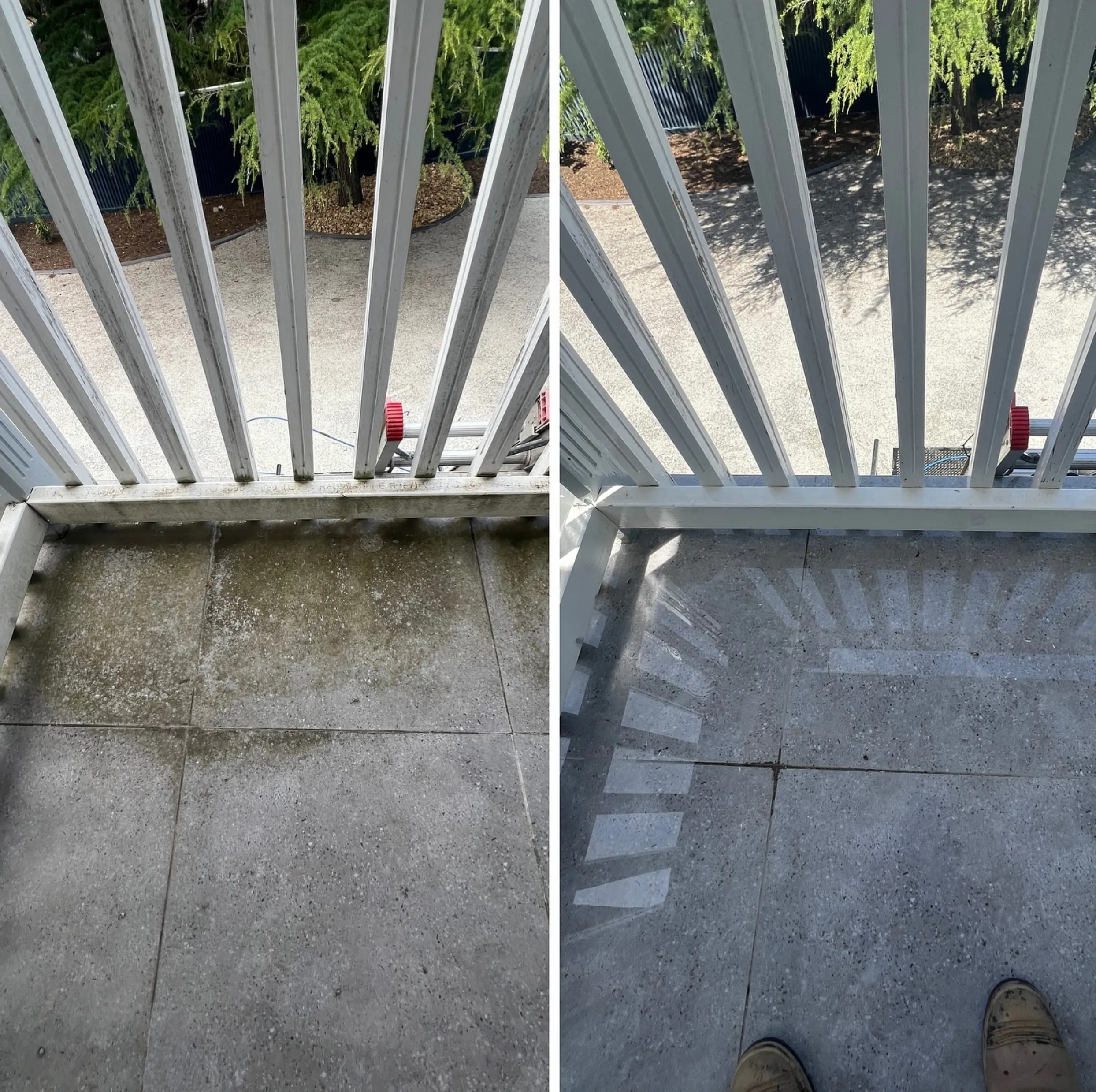Keeping your house exteriors clean is part of home maintenance. Over time dirt, spider webs, mould, mildew and tough stains can make your house look old and neglected. Regular house washing not only improves curb appeal but also protects your home’s exterior surfaces from long-term damage. Whether you choose pressure washing, soft washing or manual scrubbing this guide will help you get the job done.
The Benefits
A house wash isn’t just about looks – it’s maintenance. Here’s why:
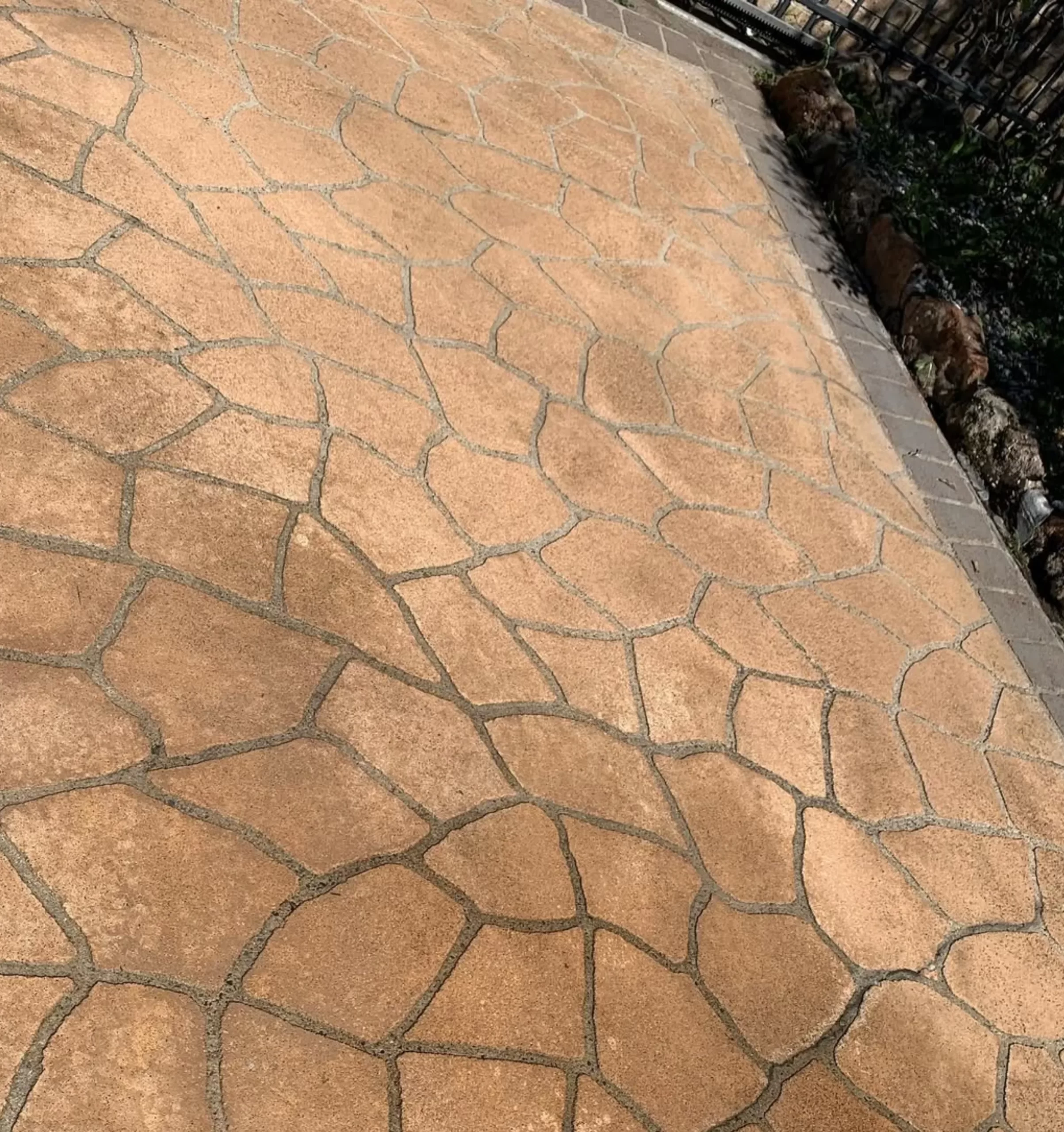
- Protects Your Home: Stops paint from peeling over time and protects materials from wear and tear.
- Improves Curb Appeal: A clean house makes a great first impression.
- Kills Mold & Mildew: Removes harmful spores that can cause health problems.
- Extends Life of Exterior House Paint: Regular cleaning means less repainting.
- Removes Stains & Debris: Gets rid of airborne dirt, bird poo and built-up dirt.
- Prevents Water Damage: Reduces risk of water ingress from clogged gutters and trapped moisture.
- Prep for Renovations: Clean surfaces before painting or renovations for better results.
Step by Step
1. Get Your Stuff
Before you start make sure you have the right tools and cleaning solutions:
✔ Pressure washer or soft brush (for delicate surfaces)
✔ Garden hose with spray nozzle or adjustable spray nozzle
✔ Bucket of water (can use plain water, warm water or hot water)
✔ Mild detergent, house wash solution or special detergent
✔ Sodium hypochlorite (household bleach) or non-chlorine bleach
✔ Siding cleaning kit for hybrid materials
✔ Scrub brush, stiff brush or soft brush
✔ Leaf blower or vacuum for loose dirt
✔ Safety gear – safety glasses, safety goggles, gloves
✔ Plastic sheeting for window screens, wooden window frames and electrical outlets
✔ Water blaster supplier’s high-pressure cleaner for tough dirt
✔ Power washer with nozzle attachment and white nozzle
✔ Pressure hose and safety switch for electrical safety
2. Choose the Right Cleaning Solution for Your Home
The best way to wash your house depends on your exterior material:
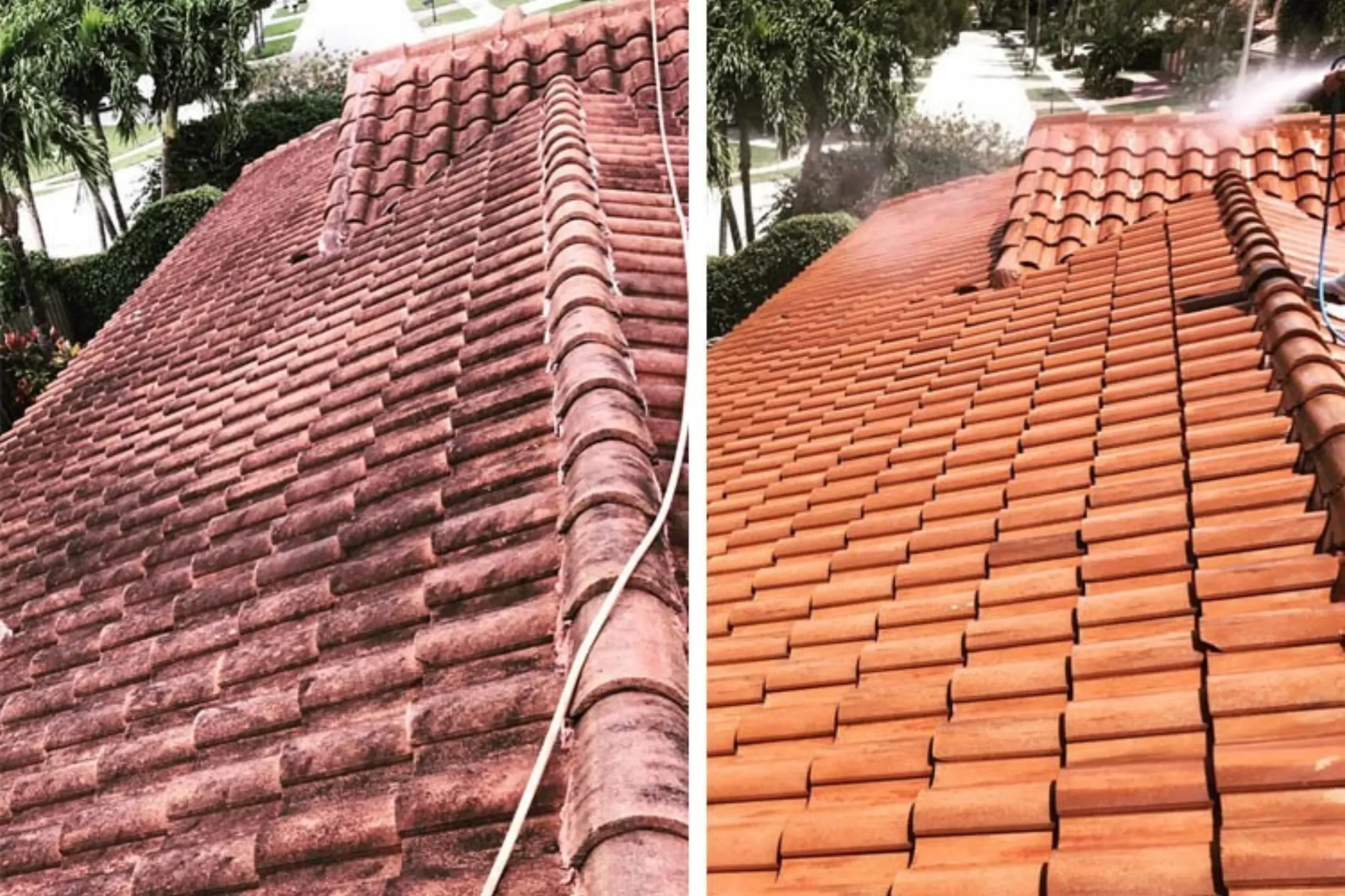
- Vinyl Siding: Use a mild soap and a siding cleaning kit.
- Brick Exteriors: Use a pressure cleaner with a house wash chem.
- Wood Siding: Avoid high pressure water, use soft washing.
- Stucco: Use a gentle soap with a scrub brush.
- Hybrid Materials: A mix of pressure cleaning and manual scrubbing is best.
If you’re not sure about doing this yourself, professional house-washing services will do it for you and save you time and effort. In most cases it’s better to hire a Professional cement cleaning service to avoid damage and get the best results with minimal work.
3. Pre-rinse the Exterior Walls
Use a pressure hose or garden hose with a spray nozzle to rinse the entire surface to remove loose dirt, spider webs and airborne dirt before applying cleaning solutions.
4. Apply the Cleaning Mixture
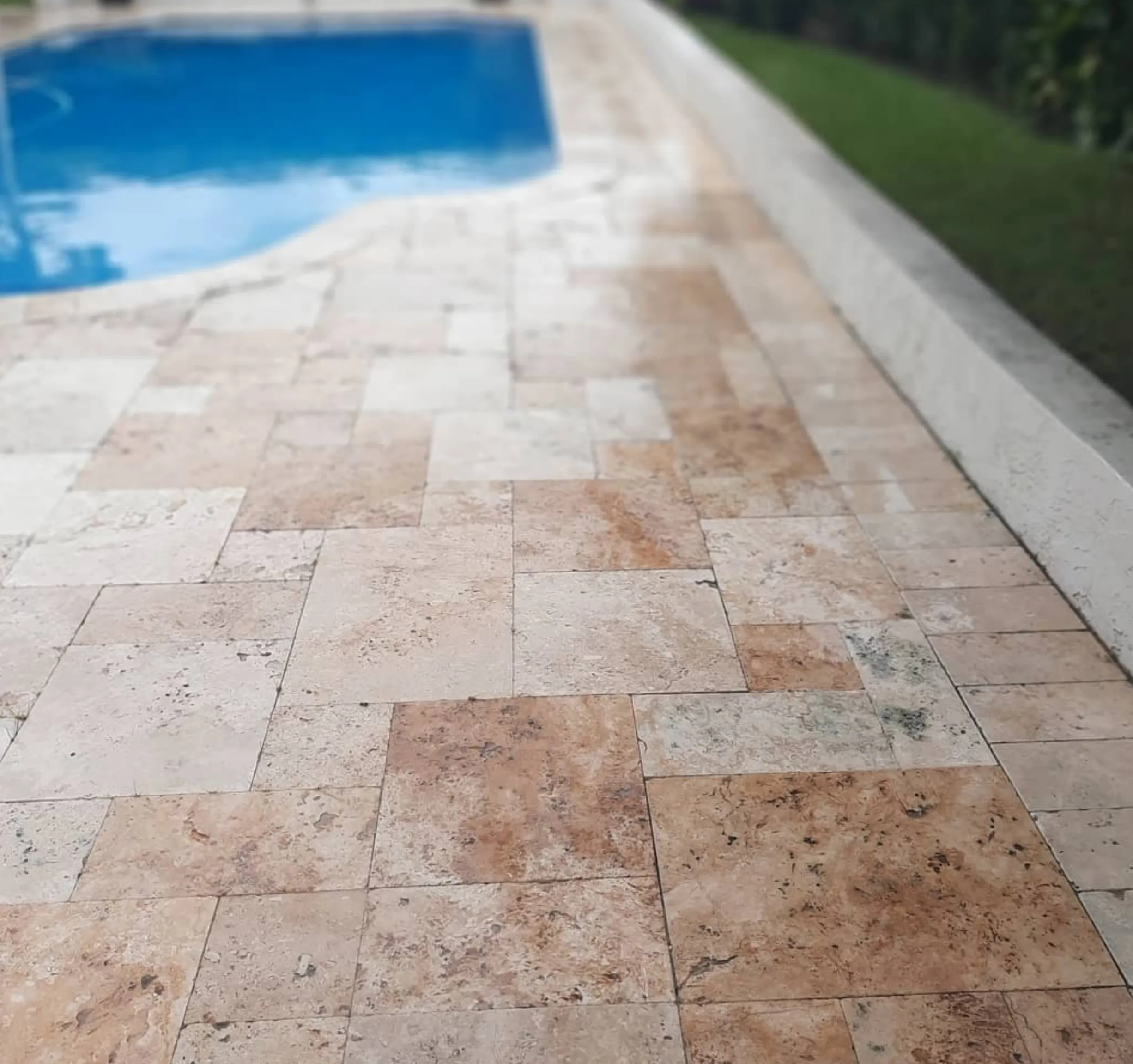
- 1 gallon of water with a mild soap or exterior house-washing soap.
- Use a spray nozzle, nozzle attachment or power washer to apply.
- Let it sit for activation time (5-10 minutes) to break down tough stains.
5. Pressure Washing
Choose between pressure cleaning service and soft washing depending on your exterior surfaces:
- Pressure Washing – For brick, concrete and vinyl siding using a high pressure cleaning.
- Soft Washing – For delicate surfaces like wood, stucco and painted areas.
Safety Tips:
- Hold the pressure washer at a downward angle to prevent water entry.
- Avoid a sharp angle when using pressurised water.
- Don’t use abrasive brushes or acidic cleaners on fragile materials.
6. Rinse off the Cleaning Product
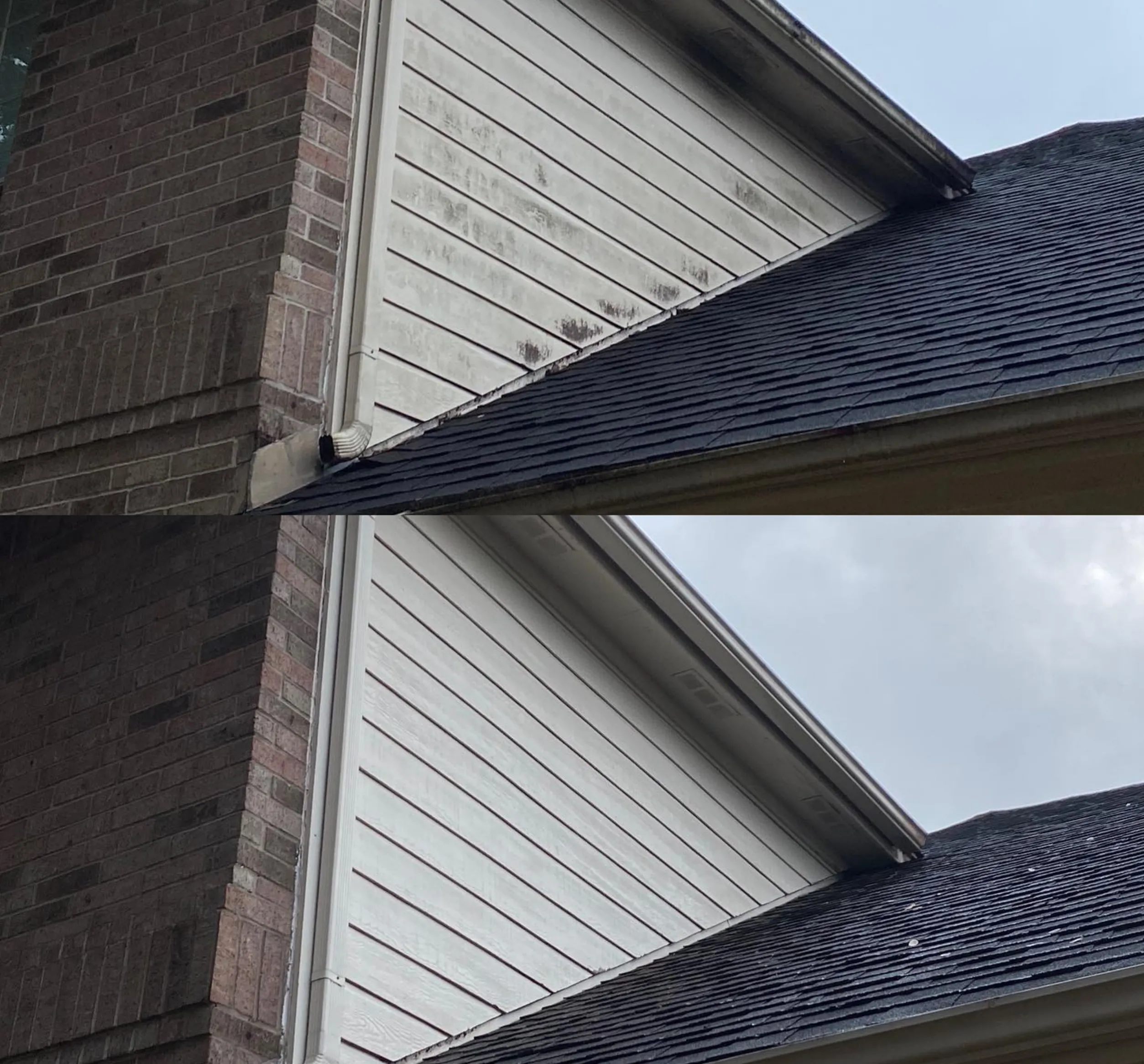
Use clean water, warm water or pressurised water to rinse the entire surface.
7. Clean Tough Stains, Mold & Mildew
For stubborn stains mix litres of household bleach (or bleach mixture) with soapy water and scrub with a stiff brush.
8. Final Check & Touch Ups
After washing is done, check for any missed spots, hard-to-reach areas or loose paint. Regular facade cleaning is also good for your home’s overall look and to protect it from damage.
Conclusion
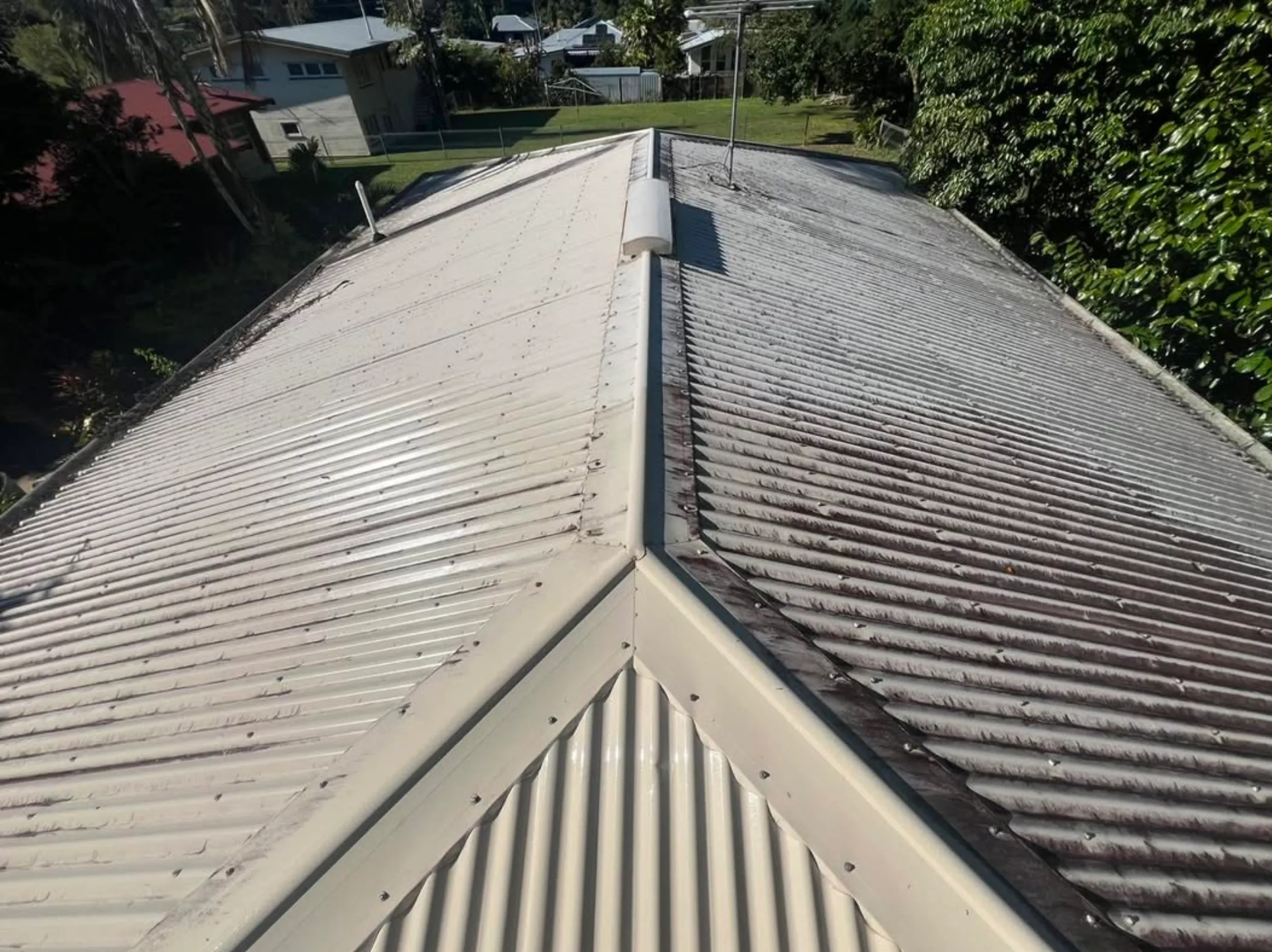
Whether you’re pressure cleaning outdoors, roof cleaning Melbourne or just washing your house walls, following the right cleaning mixture, safety tips and regular cleaning habits will keep your exterior house looking brand new.
FAQ
How often should I wash my house exterior?
Once a year or every 6-9 months in humid climates.
Can I use a pressure washer on all exterior materials?
No. Pressure washing is good for brick, vinyl and concrete, soft washing is better for wood, stucco and painted exteriors.
What’s the best cleaning solution for mould and mildew?
Bleach mixture (1 part sodium hypochlorite to 3 parts water).
Do I need to hire professional exterior cleaners?
If you have stubborn stains, clogged gutters or need facade cleaning, hiring house washing services might be the way to go.
Can I clean my house without a power washer?
Yes! Use a scrub brush, bucket of water and siding cleaning kit for cleaning without high-pressure water.
